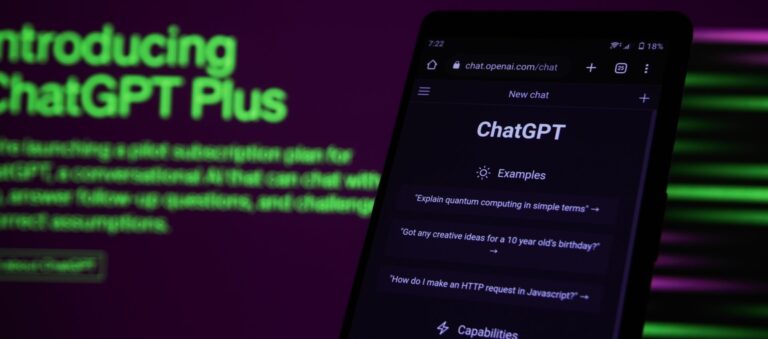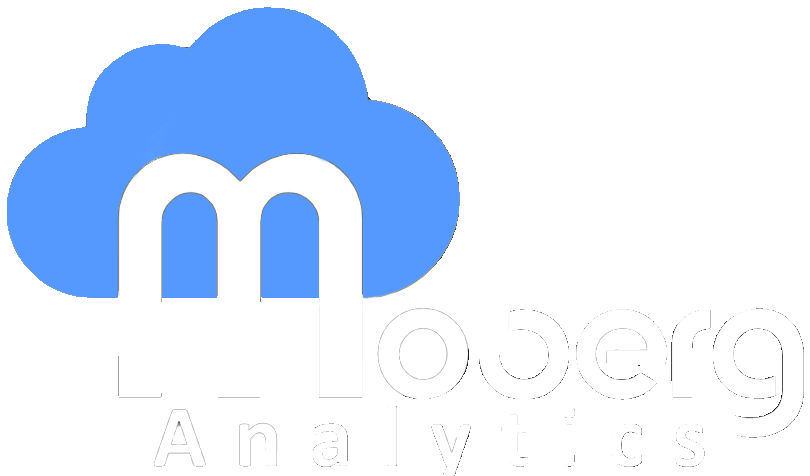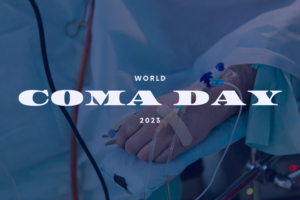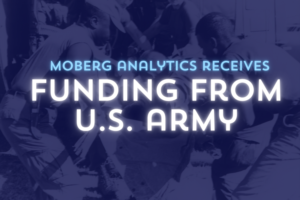Don’t Be A Chatbot!
As we established in the last issue, language models have gained massive interest lately. This is likely due to the fact that companies such as OpenAI (ChatGPT) and Doximity (docsGPT) have opened their GPT models to the general public, allowing us to ask questions, cheat on homework, and, more importantly, perform experiments. In particular, one group out of the Max Planck Institute for Biological Cybernetics in Tübingen performed a series of tests in their recent publication, Using cognitive psychology to understand GPT-3, to determine how the general intelligence of ChatGPT compares to that of humans. The group specifically focused on evaluating the model’s ability to make decisions, search for information, perform causal reasoning, and deliberately respond to questions.

In one of their tests, they provided the model with the famous Linda Problem to gauge whether it delivers human-like answers despite the obvious conjunctive fallacy. Instead of using logic to answer the question, ChatGPT falls into the same fallacy that humans do. When providing adversarial versions of the same task, the researchers determined that the model is able to make human-like decisions but falls behind when it comes to causal reasoning and directed exploration. They argue that a foundational limitation of these chat models is the fact that they cannot interact with the world when answering questions. Instead of testing ideas when evaluating solutions they can only regurgitate observed text.
What does this mean for neurocritical care? First of all, do not ask it to manage your patient. Second of all, this work points to the necessity of interacting with the world in order to understand it. In neurocritical care, we are blessed with our ability to engage with a patient through their lab values and modalities. In this way, multimodal monitoring is the gateway to interacting with a patient when evaluating solutions on how to manage them. Without this stream of high-resolution data, we are nothing but a chatbot left to simply regurgitate what we see and let Mother Nature take care of the rest. Don’t be a chatbot!






